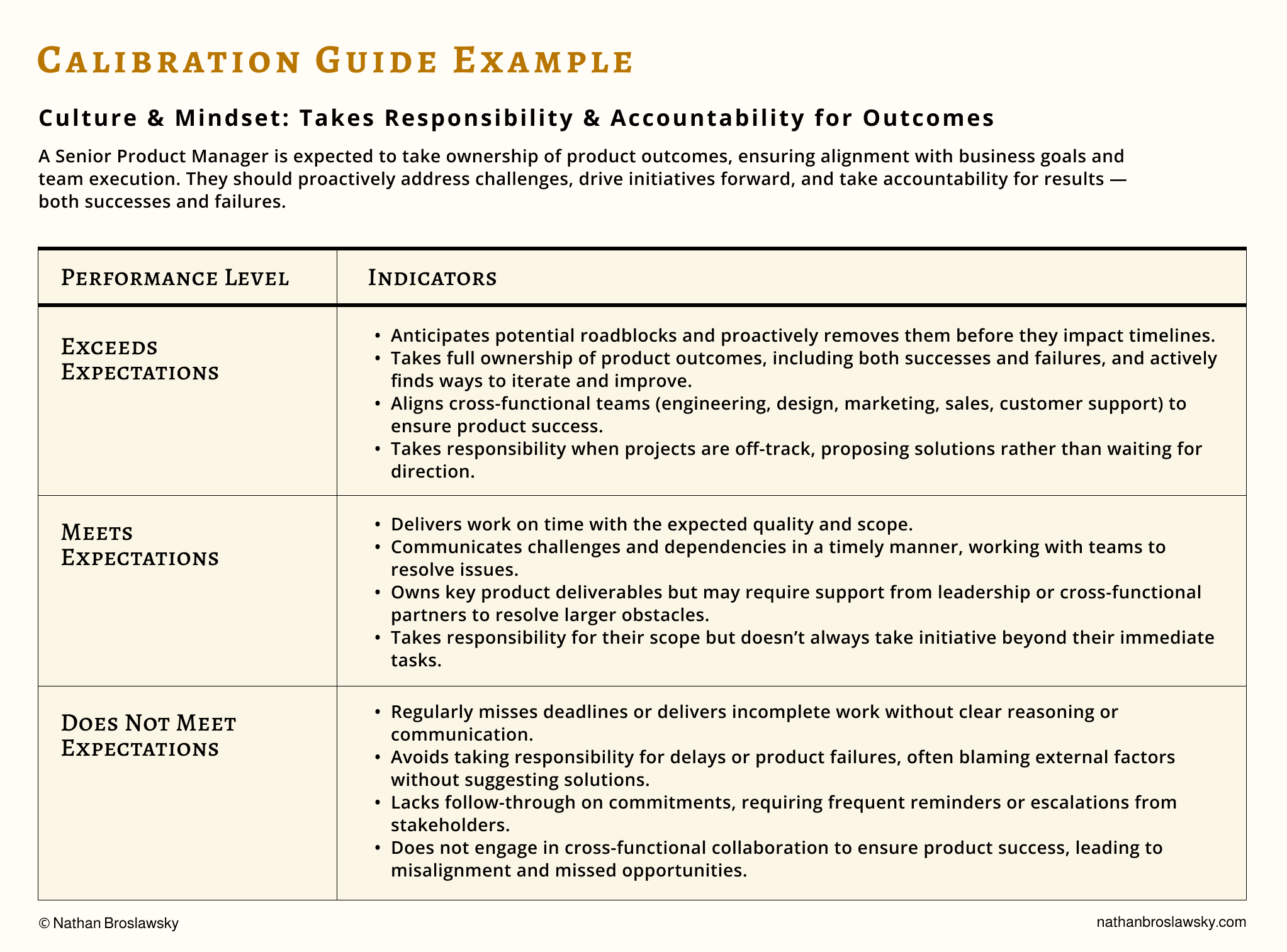Fair by Design: Securing Equitable Talent Practices
There is a lot that you can do to ensure that you are bringing fairness and objectivity to the way you are leading and managing your organization. Hiring, performance management, and promotions are three main areas to start.

With everything going on with DEI these days, it’s natural to feel a certain amount of concern about what that means for our workforce. As leaders, we need to make sure that we are building strong, healthy, resilient teams, and it is well-documented that our ability to hire and retain diverse talent leads to better business outcomes.
I want to assure you that there is still a lot that you can do to ensure that you are bringing fairness and objectivity to the way you are leading and managing your organization. I’ll touch on three key areas here: hiring, performance management, and promotions. How to set up a fair and equitable process for each can and will be its own post, but here we can touch on some of the key points.
Hiring
Obviously one of the first opportunities you have to bring the best talent into your team is during the hiring process. And therefore, this is the first place to invest in making sure you get the process right.
Job Descriptions & Resume Review
When writing the job description, only include absolutely required qualifications of the job — not any that would be overlooked for “the right candidate” (in that case, they’re not requirements — they’re preferred). There are differences in the way groups will respond to job applications depending on whether they fit some versus all of the listed qualifications. And, as a corollary to that, define an application/resume evaluation rubric that can be applied consistently across all incoming candidates; this way, no matter who is doing the initial filtering, they are looking through applicants using the same lens. As AI takes over more parts of the application review process, which will inherit any bias that come from the humans who input it, it will become even more important to understand how these systems work so that we can clearly articulate and prompt them to find the objectively best candidates. To help write the job descriptions, Textio is a valuable tool (as are many others) to ensure the most inclusive language is used to attract the broadest pool of candidates.
Interviewing
One of the most important things a hiring manager can do to prepare a good interview process is to pre-plan as much as possible. This includes everything from the structure of the interview to what needs to be assessed to how fast it needs to move to who talks to the candidate and when.
The key to a fair and equitable process is consistency across all candidates, and this means having as much figured out as possible before a candidate ever walks through the door (or appears on camera). Here are some key questions to think about:
- How many phases are in the interview process (initial recruiter screening, hiring manager screening, full round, closing)?
- How many of those are “gates” (that is, a decision that needs to be made on whether the candidate will proceed to the next phase)?
- What determines a “yes” versus a “no?”
- Who is going to be on the panel?
- This should not be a list of people; this should be a list of roles, seniorities, and potential relationship to the incoming hire (peer, direct report, cross-functional partner, etc). That way if the interviewer is unavailable, someone in the same (or similar) role can step in.
- What questions will be asked by each person? What constitutes an acceptable versus unacceptable answer for each question?
- What are the most important questions for each interviewer to ask?
- What order will the questions be asked?
- What is the protocol if they run out of time and don’t get to ask one or more of their questions?
- What timelines are you putting in place for each interviewer to submit their feedback at the completion of their interview?
- Does everyone know how and where to submit the feedback?
- What do you determine quality interview feedback, and do you have examples you can share with the panel?
Not only will doing this upfront work make hiring this role efficient and objective, but it will also cut down on time the next time someone needs to be hired into the same role (because much of this work won’t need to be repeated).
Debrief Process
After the candidate (or multiple candidates, depending on how you’ve structured your interview process), the hiring panel can assemble to discuss the feedback. At this point, the feedback should have been submitted independently, and panel members should not have been discussing candidates prior to this meeting.
As a leader, this is where you might have the biggest opportunity to show up and lead “in the moment.” Make sure that feedback that you’re hearing is focused on job-relevant competencies demonstrated through concrete examples. Challenge any generalizations or “gut feelings” that you’re hearing from the group by asking for specific evidence. And, of course, course-correct where necessary.
Performance Management
What exactly does it mean to “Meet Expectations?” What about “Exceed Expectations?” Or worse, “Not Meet Expectations?” Is that written down anywhere at your company that you can reference? Or is that up to manager discretion?
If it’s the latter, no matter how objective and inclusive your hiring process was, there’s a chance you may not be utilizing the talent you have to the best of their abilities (and leaving a ton of money on the table).
As the senior-most leader in a company, you could be in the advantageous position to completely redesign the system to have this well-documented and rolled out across all functions in the organizations. If so, go forth and disrupt.
But for the majority of managers and leaders out there, that sort of organizational change feels unrealistic or unattainable (at least in the timeframe that we’d like it to happen). But that doesn’t mean you’re prevented from doing anything about it within your teams right away for the betterment of your people.
First, for the different roles and levels on your team, identify the key competencies needed to succeed for both the individual and within the organization’s culture. These can be broken down into categories such as:
- Technical Competencies (role-specific skills)
- Leadership & Collaboration Competencies
- Execution & Impact
- Culture & Mindset
Then, for each one of the competencies you identify for each of the roles, tie them into specific behaviors. We’ll call this a Calibration Guide. This makes your expectations objective and easily understandable by your team members. Take this one for a Senior Product Manager, for example:

Next, share this with your peers (specifically others who have people in the same or adjacent roles and levels) for their feedback. They will be able to help fill in gaps, recalibrate, and give you feedback.
Lastly, share this with your team. You may decide not to use this as a feedback mechanism with your team members or to assess them at first; use your best judgement. If they are hungry for the feedback, that’s great. But they may also be a great sounding board to provide you feedback on what they feel is correct or incorrect about what you have placed in various levels (mid-level versus senior, etc).
If your organization doesn’t have something like this, you putting one together doesn’t contradict anything and you’ve brought some transparency, fairness, and objectivity to a process that your team will appreciate.
Promotions
Promotions can be thought of as a multi-sided marketplace (just like Uber, Airbnb, or LinkedIn), where multiple stakeholders must find value in exchange for the system to work effectively. And what this means is that there are multiple ways for unfairness to enter the system (and for strong leadership to help bring objectivity back into the process).
Understanding the Marketplace
Just like a marketplace requires buyers, sellers, and intermediaries to come to agreement to make a deal or a sale, promotions require alignment between different parties as well:
- The company & leadership (the demand side), “buys” talent at higher levels when business needs justify it. If the company isn’t growing, opportunities shrink.
- Employees seeking promotions (the supply side) must prove they are ready for the next level, offering the right skills and impact.
- Managers & promotion committees (the market intermediaries) help to set rules and facilitate trust, setting expectations and validating readiness.
Building Trust Through Systems
Just as marketplaces like Airbnb use reviews and ratings to build trust, promotion systems rely on various signals to validate readiness. These typically include manager assessments, peer feedback, demonstrated impact, project success, and technical expertise. However, without proper structure and oversight, each of these signals can be subject to bias, potentially undermining the fairness of the entire process.
Creating Clear Pathways (Demand Side)
The Calibration Guide introduced in the Performance Management section serves a dual purpose for promotions. Beyond defining expectations for current role performance, it provides a clear roadmap of the specific behaviors and impacts needed for the next level. This framework allows both employees and managers to have concrete discussions about promotion readiness and development areas. When used effectively, it transforms what could be subjective conversations into objective discussions about demonstrated capabilities and impact.
Ensuring Fair Evaluation (Supply Side)
While some promotion processes may be deeply entrenched in company culture, leaders can take meaningful steps to increase objectivity. Start by implementing standardized promotion packets using the Calibration Guide framework. During evaluation discussions, maintain a strict focus on demonstrated impact and measurable outcomes rather than subjective impressions. When you hear feedback that seems based on gut feel or personal opinion, challenge it by asking for specific examples.
The promotion process should be as systematic and well-documented as your hiring process. By creating consistent evaluation criteria across similar roles and levels, you build an environment where advancement is based on merit rather than relationships. This systematic approach not only makes the process fairer but also gives employees clarity on what they need to do to advance their careers.
Creating fair and systematic processes isn't about following trends or reacting to headlines — it's about building stronger, more effective teams that drive better business outcomes. While recent developments may create uncertainty around DEI programs, leaders have significant power to bring objectivity and transparency to how they hire, develop, and advance their people. By focusing on concrete, actionable steps in these key areas, we can create an environment where all team members understand what's expected of them and have clear paths to succeed.
The investment we make in getting these foundational processes right pays dividends, not just in team performance, but in our ability to attract and retain the talent that makes our organizations thrive.



